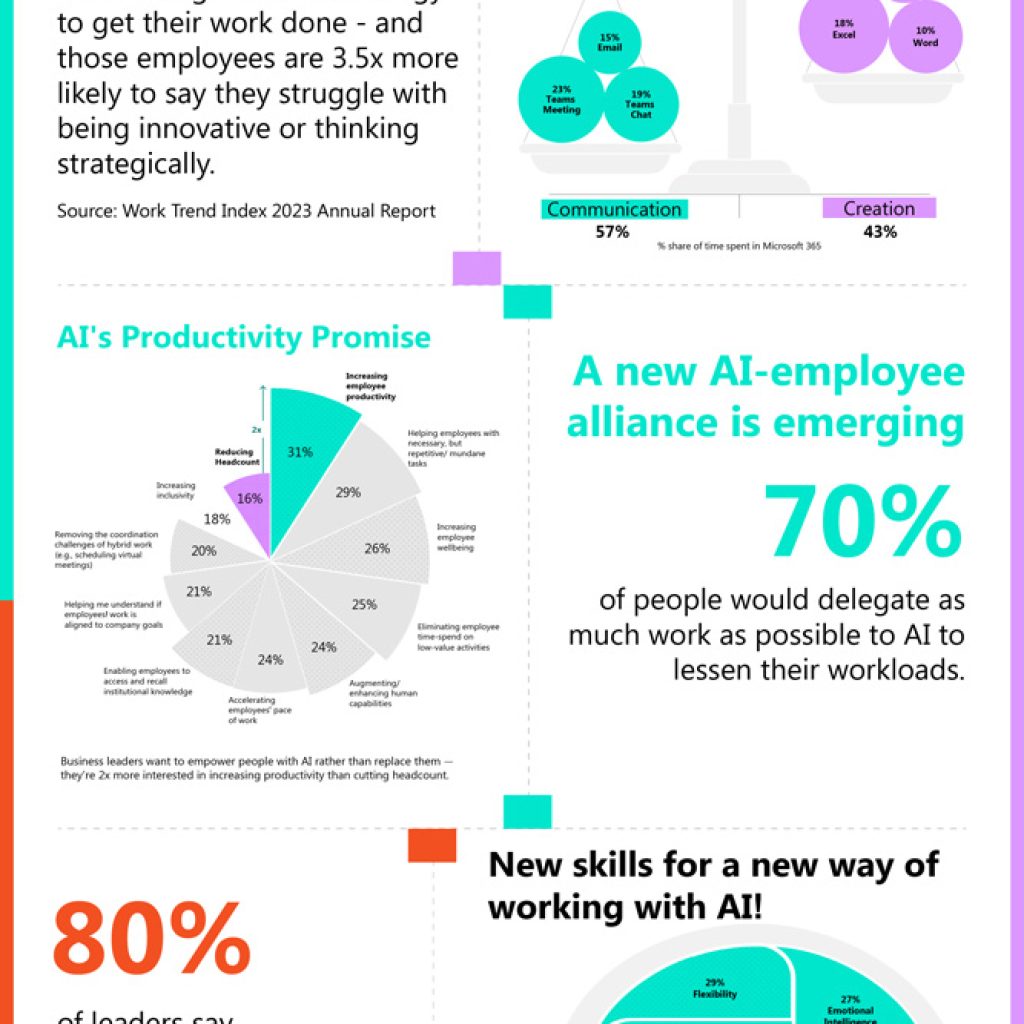In a move that is poised to reshape the landscape of artificial intelligence, OpenAI has recently announced a series of releases on November 23 that are nothing short of revolutionary. The focal point of this momentous event is the introduction of Custom GPTs and Assistants, ushering in an era where AI Agents possess the ability to connect to real-world APIs. This development, while celebrated for its potential to drive innovation, has also raised eyebrows within the cybersecurity community, marking a watershed moment that demands a nuanced understanding of the implications at hand.
The power of custom GPTs and Assistants
The heart of OpenAI’s November 23 releases lies in the remarkable expansion of API calling capabilities for AI Agents. This marks a pivotal moment as the AI community witnesses the convergence of technology and real-world applications. Custom GPTs and Assistants, essentially akin to front-end versions of each other, share the profound functionality of calling Code Interpreters, browsing the web, and perhaps most significantly, calling arbitrary APIs.
It’s the latter capability that has sparked both excitement and concern within the cybersecurity domain. The ability for AI Agents to call any API is a double-edged sword. On one hand, it unlocks extraordinary potential for innovation, allowing seamless integration with various platforms and services. On the other hand, it raises critical security questions, especially considering the potential for malicious prompt injections.
A tangible example of the expansive capabilities of the new Assistant API comes to light with the integration of Zapier. In a recent interview with the head of APIs at Zapier, it was revealed that they are now fully integrated with the Assistant API. This integration effectively translates to the ability to perform any task within an assistant that one can accomplish within Zapier—a platform known for its versatility in automating workflows.
This level of integration signifies a paradigm shift where AI Agents gain access to a wide array of functionalities, essentially inheriting the power of established automation tools. While this is undeniably a moment of triumph for developers and businesses seeking efficiency, it concurrently signals a challenge for information security specialists.
The onslaught of prompt injections
For years, cybersecurity experts have flagged AI Agents’ ability to call APIs as a top threat. OpenAI’s recent announcement has taken this threat from theoretical to imminent reality. The implications are staggering, and the security community must brace itself for an onslaught of prompt injections that are set to propagate across the internet.
The combination of AI Agents crawling websites automatically, consuming injected prompts, executing actions, and passing data through various APIs creates a vast attack surface. The potential for these actions to cascade, connecting to other APIs and ultimately accessing sensitive data backends, introduces a level of complexity and risk that demands immediate attention.
Acknowledging the transformative potential of OpenAI’s releases is essential. The advent of AI Agents with code execution and action-taking capabilities opens up new vistas for humanity, businesses, and developers. But, the security implications cannot be overlooked. Striking a balance between harnessing the creative power of AI Agents and safeguarding against potential threats is the pressing challenge for the cybersecurity community.
Navigating the future with AI agents
As we stand on the cusp of a new era dominated by AI Agents with unprecedented capabilities, the question that looms large is not whether this transformation is positive or negative—it is undeniably both. The real challenge lies in navigating the delicate equilibrium between innovation and security. Can we leverage the creative potential of AI Agents without compromising the integrity of our digital landscapes? The answer may well determine the trajectory of our technological future.





